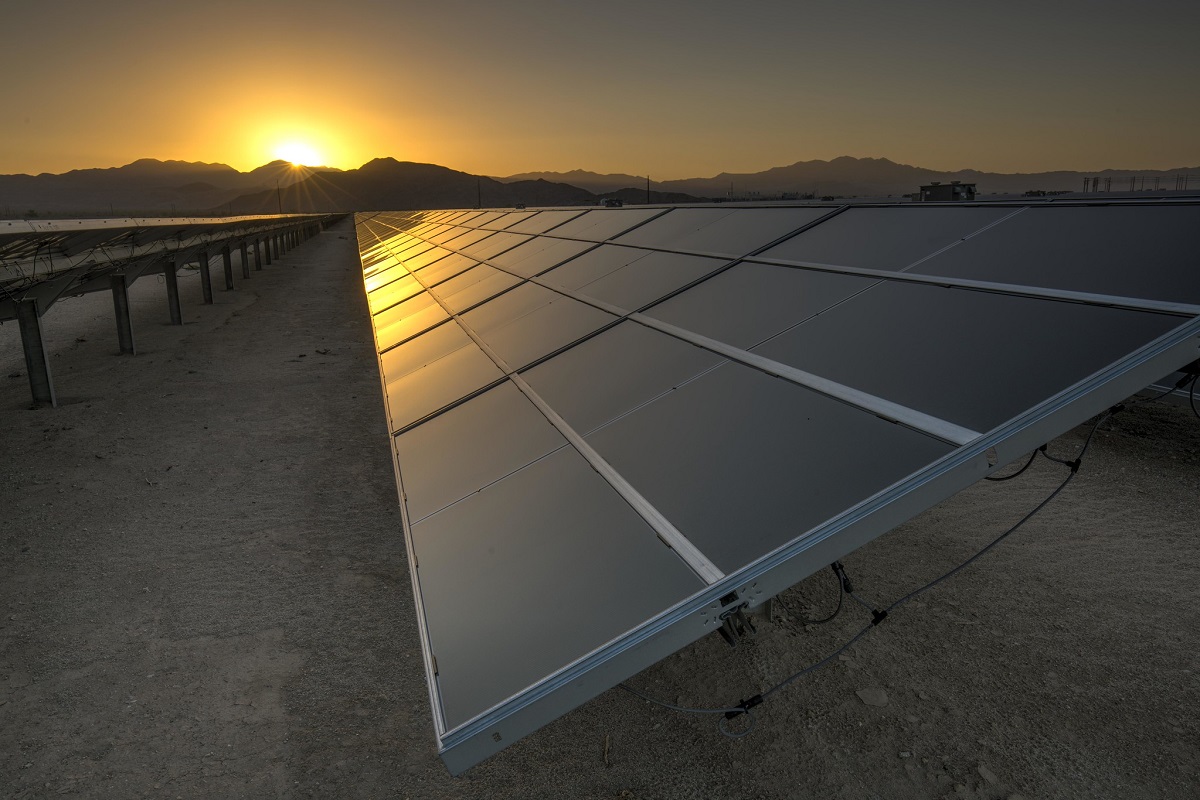The Sierra Club has long been a staunch defender of the California desert. In the 1980s, Sierra Club stalwarts like Elden Hughes worked closely with Senators Cranston and Feinstein to pass the original California Desert Protection Act, affording protection to 3.5 million acres of wilderness and designating three new desert areas as national park units. Today the Sierra Club continues to be a leader in desert conservation. Yet we also support the Desert Renewable Energy Conservation Plan (DRECP), which designates nearly half a million acres of Bureau of Land Management (BLM) natural desert lands as renewable energy zones—because we recognize the urgency of the climate crisis.
The climate crisis poses a great threat to both people and the natural world, including the desert, and it’s fueled by burning fossil fuels. One solution to the climate crisis is to “decarbonize” our economy by transitioning to renewable energy sources like wind and solar power. But building renewables is not the only solution; as the Intergovernmental Panel on Climate Change has advised, our voracious demand for energy must be curbed. But where does the desert come in?
The sunny desert is a prime spot for the development of industrial-scale solar farms. But as the National Renewable Energy Lab has documented, there is also huge solar potential on rooftop parking lots, warehouses, and other parts of California’s built environment. Why not develop those first? The Board of Sierra Club decided not to put all our decarbonization “eggs in one basket” by limiting renewables to one technology or location.
So in 2009, along came the Obama stimulus package, which offered billions of dollars of support for renewables, and speculators slapped together applications for mega-solar projects scattershot over a million acres of BLM land in the California desert. Recognizing the inevitability that some of these would be built, major environmental groups reached consensus on a set of criteria for where it was appropriate to construct solar projects in the desert. Its core principle was to site industrial-scale solar where it causes least conflict with natural wildlands, and where optimally there is existing transmission infrastructure. There are hundreds of thousands of acres of abandoned or low-quality agricultural lands in the desert and the Central Valley that are appropriate for this.
At about the same time, then-Governor Schwarzenegger proposed DRECP, and the California Energy Commission convened a broad group of stakeholders, including state and federal agencies, renewable developers, utilities, environmental groups (including the Sierra Club), Tribes, recreationalists, and county officials to hammer out the most appropriate areas for large-scale solar development. In 2016, BLM finalized its own DRECP designating several million acres of public land for protection in perpetuity, plus the aforementioned half million acres of renewable energy zones.
The energy zones are by no means without biological value. In fact, some of them were formerly protected as Wildlife Habitat Management Areas, and other portions still contain critical habitat for the threatened desert tortoise. But DRECP put definite limits on development, so that desert washes containing rich microphyll woodland would continue to sustain desert wildlife and migratory birds, rare sand dunes containing unique species would remain intact, and corridors that connect ecosystems c would be maintained through these energy zones. Additionally, studies have shown that desert ecosystems can act as important carbon sinks, and with desert ecoregions comprising 27 percent of California, protecting our deserts can help us fight climate change. By no means was every acre of DRECP’s energy zones to be industrialized
With those assurances, the Sierra Club, along with other environmental groups endorsed DRECP. At the same time, our energy policy calls for energy conservation, efficiency, and solar energy in the built environment, while we work to shift the economy off its dependence on fossil fuels.
Recently adopted ambitious greenhouse gas reduction goals in California will put enormous pressure on controlling electric demand, meeting its emissions-reductions targets, and electrifying transportation (which is now the greatest emitter of climate-disrupting emissions in the state). The DRECP was carefully negotiated for a reason: Solar energy is one critical solution for solving the climate crisis—but so are our public lands. With bold goals from both the Biden and Newsom administrations to conserve 30 percent of lands and waters by 2030, the DRECP serves as a critical model for helping to balance our renewable energy needs and the importance of protecting lands and wildlife.
Will California serve as the model of how to decarbonize an entire economy without despoiling our irreplaceable desert? If DRECP is faithfully implemented, we may have a good shot at it.
